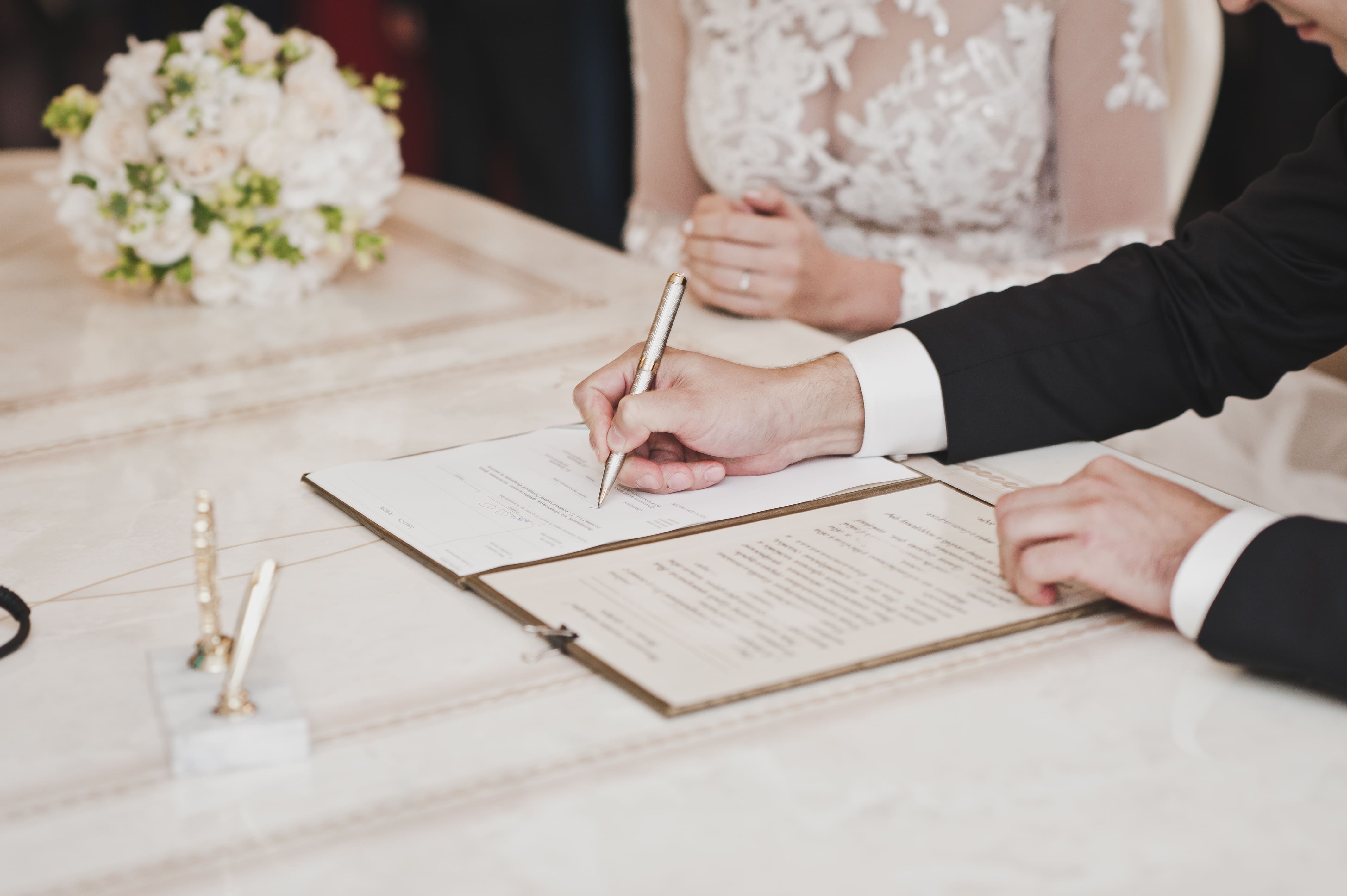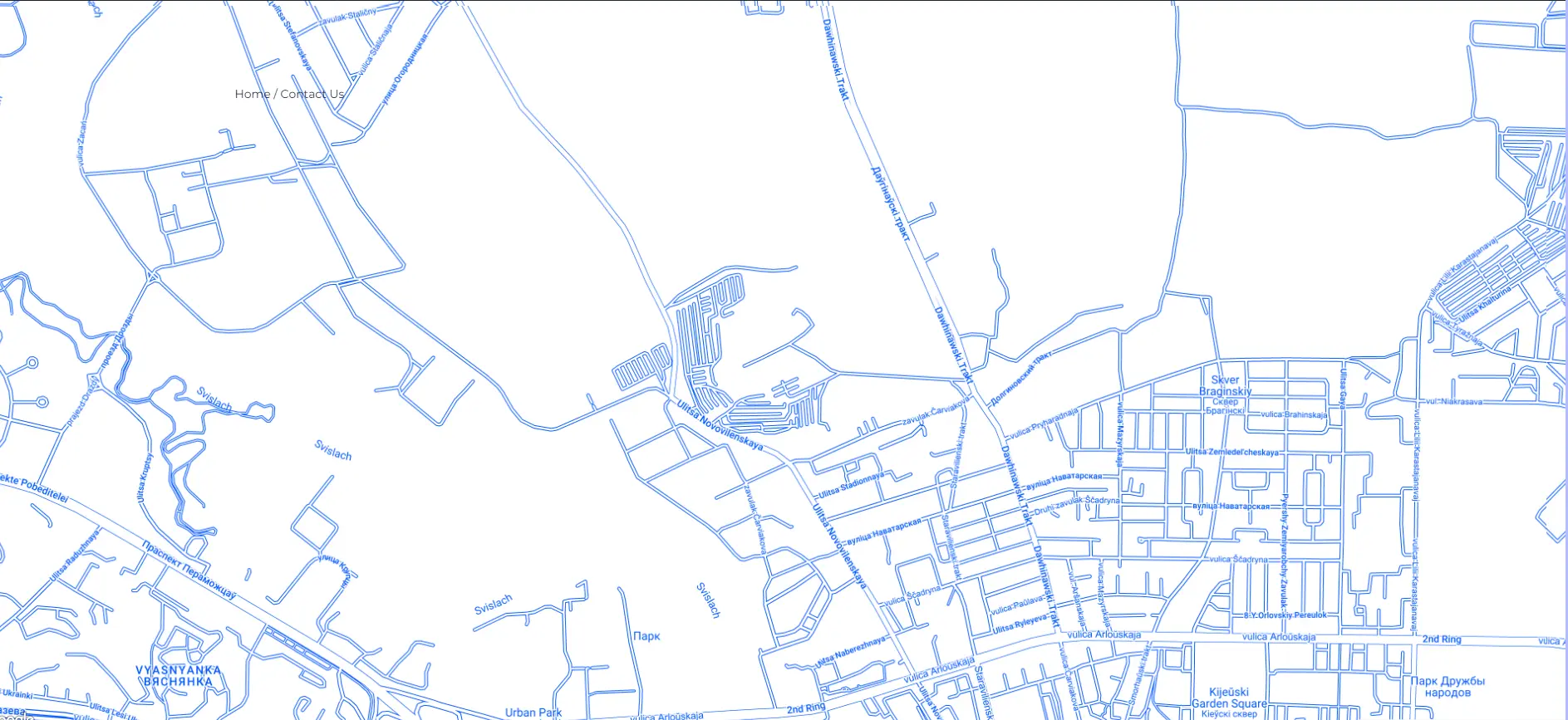A patent is one of the key legal instruments for protecting intellectual property, granting an author or a company the exclusive right to use an invention, utility model, or industrial design. For businesses, a patent is not just a legal formality but a strategic asset that influences competitiveness, investment attractiveness, and the protection of technologies from being copied.
In the context of rapid innovation development in Belarus, patenting issues have become particularly relevant. A properly drafted patent allows you to protect unique developments, confirm the author’s priority, and legally monetize intellectual work. At the same time, the patenting process requires strict compliance with established procedures, competent preparation of the application, and a clear understanding of which objects can be protected by a patent.
This article explains which types of patents are available in Belarus, how the registration process works, what rights a patent holder receives, and how to effectively protect your developments from unlawful use. We will also discuss when it is advisable to seek professional legal support for patent registration and the protection of intellectual property rights.
What a Patent Is and Why It Is Needed
A patent is a legal instrument that grants the author or applicant the exclusive right to use the invention, technical solution, or industrial design they created. Simply put, it is a document confirming that a specific technical solution belongs to you, and no one else can use it without your permission.
For businesses, a patent is far more than a formality. It becomes an element of competitive advantage, enabling the protection of unique technologies, the preservation of trade secrets, and an increase in the company’s market value. For individual inventors, it is a way to monetize intellectual work by transferring or selling rights to an invention, concluding a licensing agreement, or attracting investors.
The Essence of a Patent and Its Importance for Businesses and Inventors
A patent confirms the novelty, inventive step, and industrial applicability of a solution. From a legal standpoint, it grants the patent owner a monopoly on using the invention for a specified period. In Belarus, this term generally is:
- 20 years for inventions
- 10 years for utility models
- 10 years (with possible extension) for industrial designs
For companies, it is not only protection of an idea but also a tool for commercialization. A patented solution can be included in the company’s assets, sold, licensed, or used as collateral. For startups, having a patent is an important argument during negotiations with investors.
What Rights a Patent Grants to Its Owner
Obtaining a patent gives its owner the exclusive right to:
- Produce, use, and sell the product or technology
- Permit or prohibit third parties from using the invention
- Transfer rights by contract or grant licenses
- Protect their interests in court in case of patent infringement
A patent also allows the holder to influence the market by preventing competitors from copying solutions and maintaining technological leadership. It is important to remember that patent rights apply only within the country where the patent was granted unless international protection has been secured.
When a Patent Should Be Registered and What May Happen If You Don’t
Patent registration is necessary if a company or author plans to:
- Introduce an innovative solution into commercial use
- Sell the technology or transfer it under a licensing agreement
- Enter international markets
- Protect R&D results from copying
Failure to register a patent may lead to the loss of rights to the invention. If the solution becomes successful and is used without legal protection, it will be extremely difficult to prove authorship or prohibit other companies from using it. Moreover, a competitor who files an application earlier may obtain a patent themselves and legally restrict the use of your solution.
Types of Patents in Belarus
Belarusian patent legislation provides several forms of protection for technical solutions. Each type of patent has its own features, duration, and novelty requirements, which makes it possible to choose the most suitable form of protection depending on the nature of the development and its intended use.
The key differences between patent types relate to the level of inventive activity, the complexity of the technical solution, and its purpose—from high-tech innovations to practical improvements and design concepts.
Patent for an Invention
A patent for an invention is the strongest form of protection, granted for new and original technical solutions that can be used in industry.
An invention may include:
- A method (e.g., a data processing technology, manufacturing process, or diagnostic method)
- A device (an apparatus, instrument, mechanism, or hardware-software system)
- A substance (a new material, chemical compound, or pharmaceutical product)
- The new use of a known device or substance
Key criteria: novelty, inventive step, and industrial applicability.
Patent duration: 20 years, with possible extension for pharmaceutical and agrochemical inventions.
Patent for a Utility Model
A utility model patent is intended for simpler technical solutions that do not require proof of an inventive step. These may include device designs, mechanisms, tools, or equipment elements that have novelty and practical applicability.
The main advantage of this patent is the fast registration process and lower examination requirements. Therefore, it is frequently chosen by companies that need quick protection for a specific engineering solution or improvement.
Patent duration: 10 years, with no possibility of extension.
Patent for an Industrial Design
An industrial design protects the appearance of a product rather than its functional part. This may include the shape, texture, ornamentation, or color combinations that define the visual characteristics of the product.
This type of patent is especially important for companies in design, architecture, packaging production, consumer goods, and technology. It helps prevent competitors from copying distinctive visual solutions.
Patent duration: 10 years, extendable up to 25 years.
Differences Between Patent Types and How to Choose the Right One
The choice of patent protection depends on the nature of the development and the company’s strategy.
- If the solution is a unique technical innovation with a high level of novelty, a patent for an invention is appropriate.
- If the development is an improvement of a design or a specific technical refinement, a utility model patent is suitable.
- If the main value lies in the product’s appearance, an industrial design patent is the logical choice.
Many companies also combine different forms of protection—for example, patenting a technology as an invention while registering the product’s design as an industrial design. This approach provides comprehensive intellectual property protection and minimizes the risk of copying.
Patent Application Procedure
The patent registration process in Belarus is a formal but logically structured procedure aimed at verifying the novelty of the solution and the legitimacy of granting exclusive rights to the applicant. The quality of document preparation and the accuracy of wording at every stage determine not only the successful issuance of a patent but also the effectiveness of future protection of the intellectual property object.
Preparing the Application and Object Description
The first and most important stage is preparing the patent application. It must include:
- An application for the issuance of a patent
- A description of the object disclosing its essence and purpose
- A claim of the invention or utility model, or a list of essential features of the industrial design
- Drawings, diagrams, images (if necessary for understanding the solution)
- An abstract — a brief summary of the development
Special attention is given to the wording of the invention description, as it determines the scope of legal protection. An incorrectly drafted description can make a patent vulnerable or even useless when defending the rights of the owner. Therefore, at this stage it is advisable to involve a patent attorney or an intellectual property lawyer.
Submitting the Application to the National Center of Intellectual Property (NCIP)
The completed set of documents is submitted to the National Center of Intellectual Property (NCIP), the state authority authorized to review applications and grant patents.
The applicant may submit documents:
- In person or through a representative (a patent attorney)
- Electronically via the official NCIP portal
- By mail, if all required documents and the fee payment receipt are enclosed
Once the application is received, a formal examination is carried out to verify proper formatting, the presence of all required documents, and payment of the state fee. If errors or deficiencies are found, the applicant receives a notification requesting corrections within a specified period.
Conducting the Examination and Making the Patent Decision
After passing the formal examination, a substantive examination is conducted. This is the key stage in which the object is assessed for compliance with patentability criteria: novelty, inventive step, and industrial applicability.
NCIP experts analyze the claimed technical solutions, conduct a search for analogs, and compare the results with already registered patents. Based on this review, a decision is made, either to grant a patent or to refuse registration.
If the decision is positive, the applicant is notified of the need to pay the fee for patent issuance. After payment, the patent is entered into the State Register, and the owner receives an official patent certificate confirming their exclusive rights.
Patent Term and Extension
The protection term depends on the type of patent:
- Inventions: 20 years from the filing date, with possible extension for pharmaceutical and agrochemical inventions
- Utility models: 10 years, with no extension
- Industrial designs: 10 years, extendable up to 25 years
To maintain the patent’s validity, the owner must pay an annual maintenance fee. If the deadline is missed, the patent may be annulled, and the owner will lose their rights to the object.
Patent extension (if applicable) is carried out at the request of the owner, with documents confirming the need to maintain protection.
Rights and Obligations of the Patent Holder
Obtaining a patent is not only the right to protect the result of intellectual work but also the acceptance of certain legal responsibilities. The patent holder has broad rights enabling the exclusive use of the object and the ability to defend these rights.
Exclusive Right to Use the Invention
The main advantage of a patent holder is the exclusive right to control the patented object. Only the patent owner may:
- Use the invention, utility model, or industrial design at their discretion
- Permit or prohibit its use by others
- Determine the conditions under which the object may be used (e.g., via licensing)
- Demand cessation of infringement and compensation for damages
The exclusive right applies throughout the patent’s entire term and covers all forms of use: manufacturing, selling, importing, advertising, or applying the solution in industrial or scientific activities.
Using a patented solution without the owner’s consent is considered an infringement of patent rights regardless of whether the infringer was aware of the existing patent.
Transfer of Rights and Licensing Agreements
A patent may be used directly by the owner or transferred to others. The owner has the right to:
- Completely assign the rights to the invention (via an assignment agreement)
- Enter into a licensing agreement granting the right to use the object under specific conditions — for compensation or within a defined territory
A license may be:
- Exclusive, if only one licensee receives the right to use the object
- Non-exclusive, if the owner retains the right to grant licenses to others
All such agreements must be registered with the National Center of Intellectual Property (NCIP), otherwise they have no legal force.
Well-structured licensing agreements allow the patent owner to monetize the development and expand market presence without producing or selling products themselves.
Intellectual Property Protection
Obtain expert intellectual property protection in Belarus for your company!
Liability for Patent Infringement
Patent infringement is a serious violation that may result in civil, administrative, or even criminal liability, depending on the scale and nature of the actions.
Typical infringements include:
- Manufacturing or selling products containing patented elements without permission
- Using a patented technology
- Counterfeiting or illegally marking products as patented
- Disclosing information about an invention before its official publication
The patent holder may:
- Demand the cessation of infringement and the removal of counterfeit products
- Recover losses or compensation for unlawful use
- Request publication of the court decision to restore business reputation
Additionally, an owner who does not use their patent for an extended period should be aware that compulsory licensing may be applied; if the lack of use harms societal or economic interests.
Protection of Patent Rights in Belarus
Obtaining a patent is only the first step in safeguarding intellectual property. It is important to be able to react to infringements, develop a well-founded defense strategy, and involve experts capable of proving the violation and defending the owner’s rights. Belarus has a comprehensive legal system that allows patent holders to restore their rights and hold violators accountable.
What to Do in Case of Infringement — Pretrial and Judicial Methods
The first stage of protection is pretrial resolution. In practice, this includes:
- Fixing the fact of infringement — collecting evidence (product samples, advertising materials, website screenshots, contracts)
- Preparing a written claim demanding cessation of use and compensation
- Negotiations aimed at reaching a settlement
This approach often resolves the conflict without litigation, especially if the infringement was unintentional.
If pretrial efforts fail, judicial protection is used. The patent holder may file a claim:
- In the economic court — to recover damages, compensation, or prohibit the use of the patented solution
- With the antimonopoly authority — if the infringement relates to unfair competition (e.g., illegal use of someone else’s patent in advertising or packaging)
The court may impose interim measures, including banning the production and sale of products until the case is resolved, which is especially crucial in cases of mass counterfeiting.
The Role of Patent Attorneys and Lawyers in Protecting the Owner’s Interests
Patent disputes require specialized legal and technical expertise. Mistakes in documenting infringements, preparing claims, or filing lawsuits can lead to denial of legal protection.
Patent attorneys and IP lawyers play a key role. They:
- Analyze infringements and prepare evidence
- Draft and submit claims, lawsuits, and motions
- Interact with NCIP, antimonopoly authorities, and courts
- Participate in expert examinations and represent clients during litigation
Legal support is particularly important when the dispute involves foreign patents, cross-border technology use, or licensing agreements.
AMBy Legal assists clients at all stages from patent registration to litigation, providing comprehensive support on all matters related to intellectual property.
Case Law on Patent Disputes
Belarusian case law on patent matters shows that courts pay significant attention to evidence of the actual use of inventions and the correctness of patent documentation. Even if a patent has been granted, enforcement may be complicated if the documents were prepared with violations or if the invention has not been used for an extended period.
Typical examples of cases include:
- Disputes between competitors over the use of similar technical solutions in the production of goods;
- Situations in which foreign companies bring claims against Belarusian manufacturers for patent infringement;
- Proceedings related to the unlawful use of software solutions and industrial designs.
In many cases, courts side with patent holders if their rights are supported by proper evidence. This underscores the importance of competent legal support, from registering the object to defending interests in court.
Thus, effective protection of patent rights requires not only attentiveness and legal literacy from the owner but also the involvement of professionals. Experienced attorneys and patent specialists at Amby Legal can identify violations, prepare evidence, and ensure reliable protection of intellectual property rights both in Belarus and beyond.
Conclusion
A patent is not just a document confirming the exclusive right to an invention; it is an important tool for protecting intellectual property and strengthening a company’s market position. It allows a business to grow confidently, minimizing the risks of idea copying and ensuring a competitive advantage. However, obtaining and enforcing a patent requires deep knowledge of legislation and strict adherence to all procedures.
The AMBy Legal team provides comprehensive support in matters of patenting and intellectual property protection. Our lawyers advise on selecting the optimal object for patenting, assist throughout the application and registration process, represent your interests in interactions with the NCIP, and, when necessary, defend clients’ rights in courts and antimonopoly authorities.
Professional legal support helps avoid mistakes, speeds up the registration process, and guarantees reliable protection of your innovations. If you need confidence in the legal protection of your ideas and developments, AMBy Legal specialists are ready to be your partner at every stage.
Contact us
If you have any questions about patenting and intellectual property protection, we will be happy to help! Our long-term experience will help you choose a lawyer to represent your interests.
- +37529142-27-19 (WhatsApp, Viber, Telegram);
- info@ambylegal.by.







